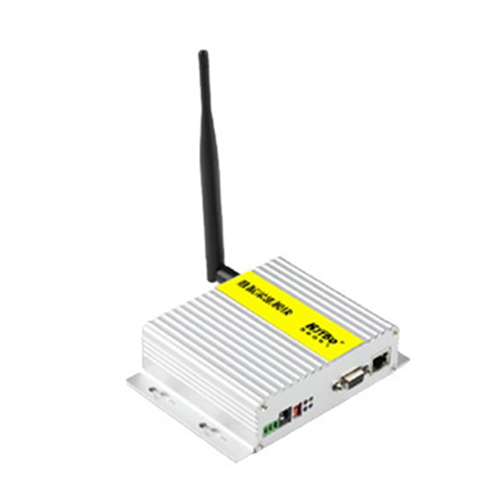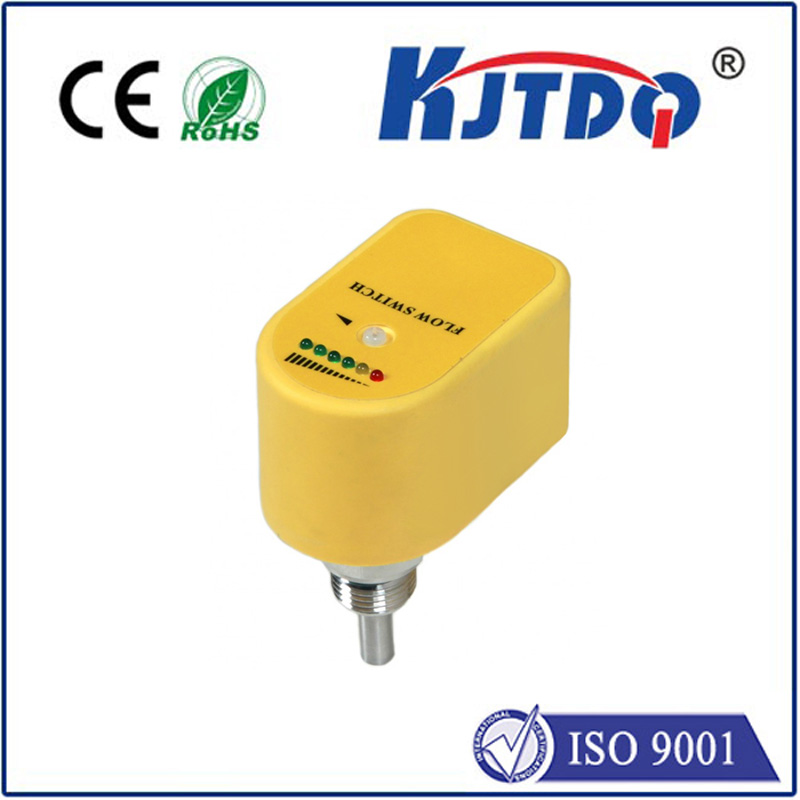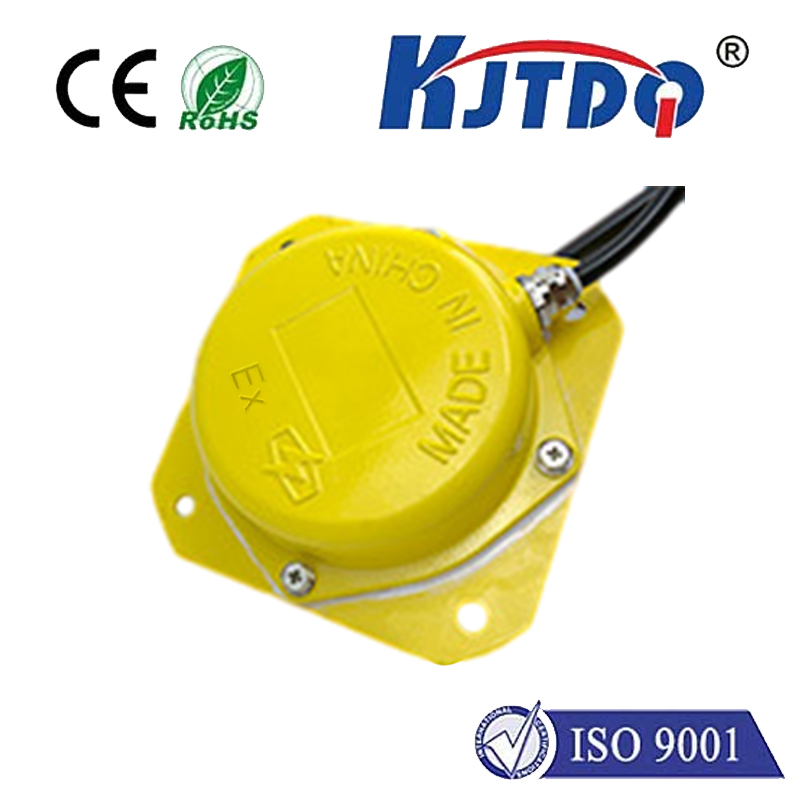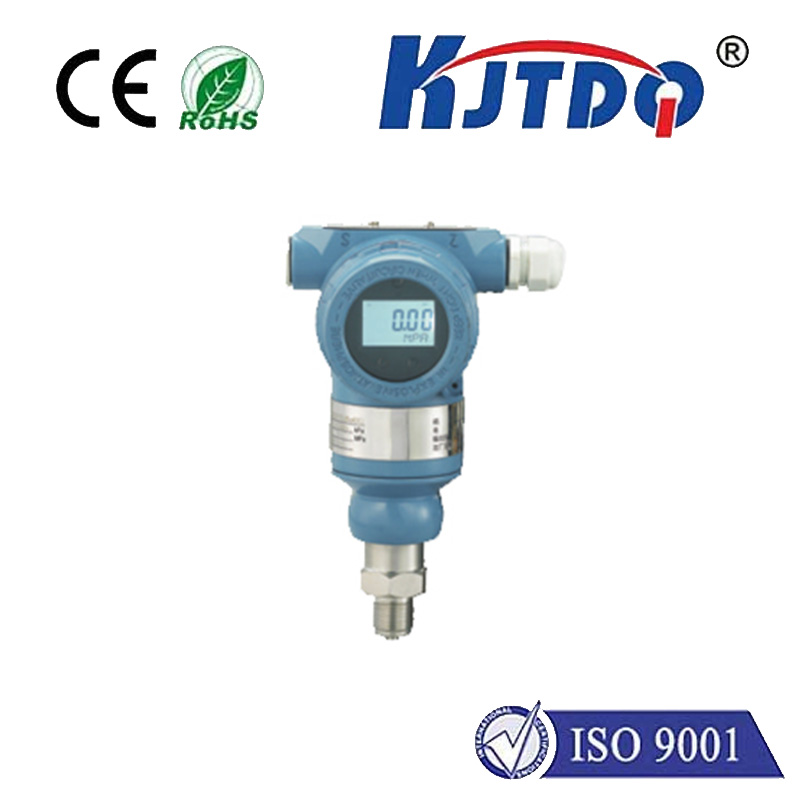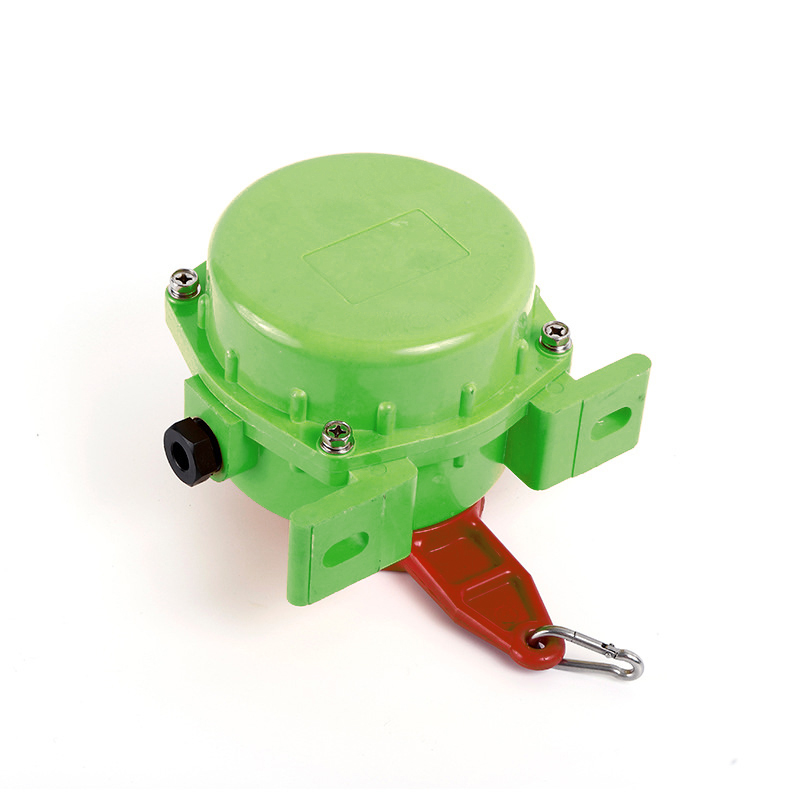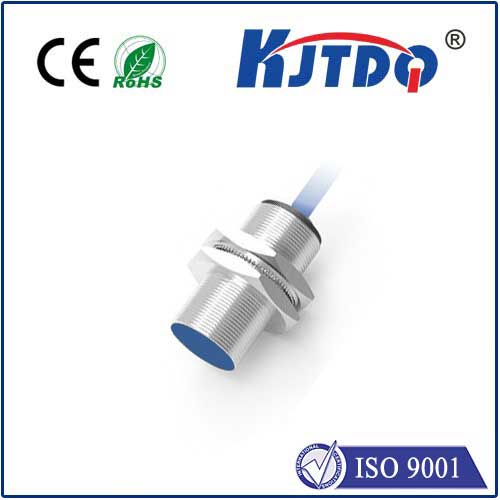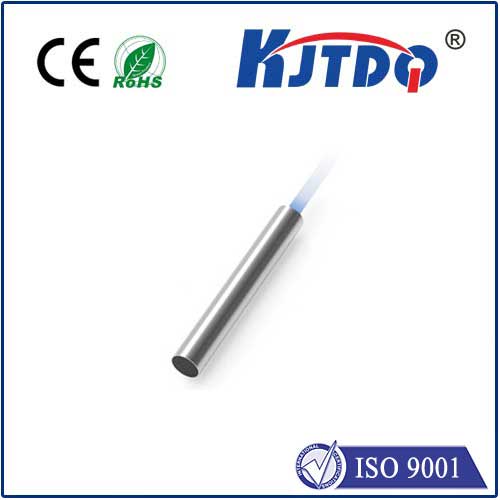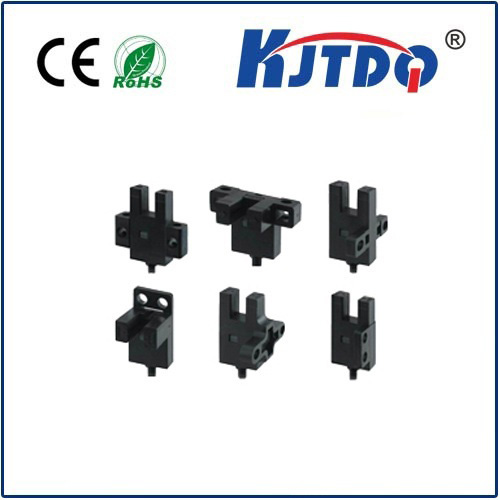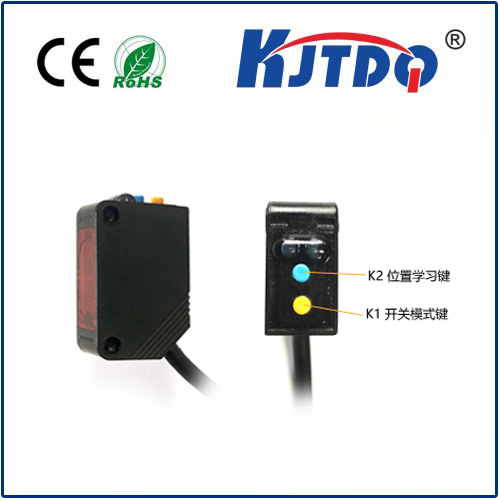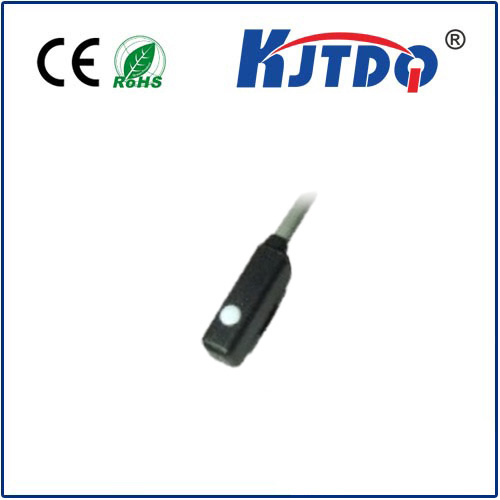high temperature gauge
- time:2025-08-24 00:49:01
- Click:0
Mastering the Heat: Your Essential Guide to High Temperature Gauges
Imagine pouring molten metal, monitoring a jet engine’s core, or ensuring a chemical reactor doesn’t exceed critical limits – all impossible without knowing the exact temperature. In realms where extreme heat defines the process and dictates safety, the high temperature gauge becomes an indispensable sentinel. Far more than a simple dial, these specialized instruments are the frontline defense against catastrophic failure, the guarantors of product quality, and the silent partners enabling technological marvels operating where others simply melt. Understanding their function, capabilities, and selection is paramount for engineers, technicians, and safety professionals navigating the inferno.
Beyond the Ordinary Thermometer: The Core of High Temperature Measurement
Standard thermometers falter spectacularly when faced with intense heat. High temperature gauges employ robust technologies specifically engineered to withstand and accurately report under these punishing conditions. Two primary methods dominate:
- Thermocouples: These sensors exploit the Seebeck effect. Joining two dissimilar metal wires creates a junction that generates a tiny voltage proportional to the temperature difference between that junction (the hot end) and the reference point (the cold end). Key strengths include simplicity, ruggedness, wide temperature range capability (easily exceeding 2300°F / 1260°C with specific types), and rapid response times. Common high-temp types include Type K (Nickel-Chromium/Nickel-Alumium), Type R/S (Platinum/Rhodium), and Type B (Platinum/Rhodium).
- Infrared (IR) Pyrometers: Offering non-contact measurement, these devices detect the infrared radiation naturally emitted by all objects above absolute zero. By analyzing this radiation’s intensity and wavelength, the pyrometer calculates the object’s surface temperature. This method is ideal for moving objects, hazardous environments, very high temperatures (reaching 5000°F / 2760°C+), or situations where contact would damage the sensor or the object. Accuracy depends on knowing the material’s emissivity.
The gauge or readout device itself must be equally robust. Protective sheaths (like ceramic or specialized metal alloys), heat sinks, and cooling systems (purge air, water jackets) are often integral to prevent damage to the sensor element and the instrument’s internal workings.

Where the Heat Demands Precision: Critical Applications
The need for reliable high temperature measurement spans crucial industries:
- Metal Processing & Foundries: Controlling melting furnaces (steel, aluminum, copper), heat treatment ovens (annealing, tempering), forging operations, and die casting machines. Precise temperature control ensures metal properties and quality.
- Power Generation: Monitoring superheated steam in boilers, turbine inlet temperatures, exhaust gas streams, and critical components within gas turbines and nuclear reactors for efficiency and safety.
- Chemical & Petrochemical Plants: Overseeing exothermic reactions in reactors, catalytic crackers, reformers, and furnace tubes in refineries. A slight deviation can mean disaster or ruined product.
- Aerospace & Jet Engines: Measuring turbine inlet temperatures (TIT), exhaust gas temperatures (EGT), and bearing temperatures – parameters vital for engine performance, efficiency, and structural integrity at extreme altitudes and speeds.
- Glass & Ceramics Manufacturing: Controlling kilns, float glass lines, and sintering furnaces where precise thermal profiles determine product characteristics like strength, clarity, and color.
- Research & Development: Enabling experiments in material science, propulsion, and energy storage where pushing thermal boundaries is the goal.
Selecting Your High Temperature Sentinel: Key Considerations
Choosing the right high temperature gauge isn’t plug-and-play. Critical factors dictate the optimal solution:
- Temperature Range: This is paramount. Always select a gauge and sensor rated for temperatures well beyond your maximum operating point to provide a safety buffer and ensure longevity. Consider potential thermal spikes.
- Accuracy & Precision: How critical is ±1°F compared to ±10°F? Process control, safety systems, and quality standards dictate the required accuracy level. High temperature gauges often specify accuracy as a percentage of the scale span.
- Environment: Assess chemical exposure (corrosive gases, molten metals), vibration levels, pressure, and the presence of dust or moisture. This dictates sensor sheath material, connection types, and potential need for protective housings or cooling.
- Response Time: How quickly must the gauge react to temperature changes? Thermocouples offer fast response with exposed or thin-sheathed junctions; some configurations or IR sensors can be slower. Match the speed to the process dynamics.
- Contact vs. Non-Contact: Can the sensor physically touch the material? If not (moving parts, hazardous material, delicate surfaces, vacuum), IR pyrometry is often the only viable solution.
- Output & Integration: Does the gauge need a local dial display, or should it transmit a signal (millivolts, 4-20mA, digital protocol) to a control system, data logger, or SCADA system?
- Durability & Maintenance: High temp environments are harsh. Consider ease of calibration access, sensor replacement frequency, and overall instrument robustness. Quality upfront often pays dividends in reduced downtime.
The Unseen Guardian: Reliability You Can’t Afford to Ignore
In the crucible of extreme heat, complacency is catastrophic. A failing or inaccurate high temperature gauge isn’t just inconvenient; it can lead to unscheduled shutdowns costing thousands per minute, production of off-spec materials requiring scrapping, energy inefficiency, catastrophic equipment failure, or even life-threatening incidents. Regular calibration against traceable standards is not optional; it’s a fundamental requirement for safety, quality control, and operational efficiency. Implementing redundancy for critical measurements adds an extra layer of security.
From the fiery heart of an industrial furnace to the demanding core of a rocket engine, high temperature gauges provide the essential data that allows technology to harness the power of extreme heat safely and productively. Selecting the right instrument, installing it correctly, and maintaining it rigorously isn’t merely an operational task – it’s a critical investment in performance, safety, and control where margins for error are vanishingly small. Understanding their capabilities and limitations empowers professionals to truly master the heat.












